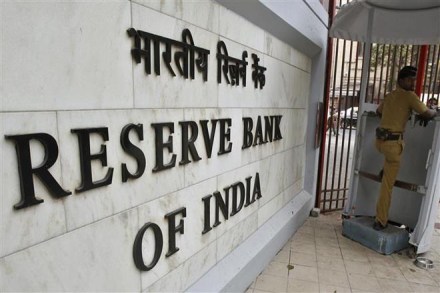The monetary policy committee (MPC) unanimously decided to retain the policy repo rate at 6.25%. However, with a view to ensuring finer alignment of the weighted average call rate with the repo rate, it was decided to narrow the LAF corridor to 25 bps from 50 bps with immediate effect. Though the reduction in overall corridor could be viewed as a precursor to a better and predictive interest rate regime, in terms of lower volatility of interest rates, it will clearly impart an element of downward rigidity at the lower end of the corridor. In fact, currently, RBI absorption of frictional liquidity surplus, primarily through term reverse repo with ceiling pegged as high as repo rate, also denies meaningful softening of operative overnight rate.
The narrowing of the corridor is perhaps an indication that RBI may not allow the term structure of interest rates to decline meaningfully against the backdrop of abundant liquidity. This may be an (a) attempt to ensure inflationary expectations are firmly anchored, and (2) acknowledgement of surplus liquidity remaining in the system longer than anticipated: hence, yields chasing surplus liquidity not declining significantly.
Interestingly, the Urjit Patel committee report has clearly stated that ultimately standing deposit facility will replace reverse repo as the floor of the corridor. If this is so, then the apex bank may be preparing itself for a downward floor on remunerative rate on surplus funds that banks may park with RBI.
In the Indian context, inflationary expectations have been consistently higher than actual CPI projections. This indicates the difficult part of inflation-targeting. If future inflation projection is kept higher, it may prevent inflation expectations from declining significantly, even as actual inflation may continue to fall. This may keep the rates elevated for a longer period of time than otherwise.
Also Watch:
The success of inflation-targeting (IT) is sometimes overemphasised. Between 2002 and 2008, inflation declined in most of the countries in the world and this was mainly attributed to increase in IT-engineered productivity. The productivity rebound in global economy since 1995 has been widespread, with approximately two-fifths of the productivity rebound occurring in new economy industries (computers, semiconductors, software, and telecommunications). Overall, such higher productivity has led to lower prices, expanding demand and higher employment.To validate the above, we did analyse the productivity and CPI inflation data for inflation targeting countries. We found that in half of the 19 countries that we had studied, there was a structural break in total factor productivity after the adoption of inflation-targeting regime. Post that structural break, productivity increased in 12 economies, of which 9 economies exhibited a major decline in CPI inflation in post-break period compare to pre-break period.
For the year 2017-18, MPC has estimated that GVA growth rate would be at 7.4% compared to last year’s growth projection of 6.7%, with balanced risks. The CPI inflation is projected to average 4.5% in the H1FY18 and 5% in H2FY18. Though MPC has considered balanced risks around the inflation trajectory, yet the rising probability of an El Niño event for monsoon 2017 and, subsequently, its implications for food inflation is seen as an upside risk. It should be noted that even on account of that event, monsoon is likely to be around at 95% (with margin of +/-5%) of LPA, according to Skymet. On the positive side, the easing of crude oil prices (due to increase in production from non-OPEC countries, particularly the US) will have positive effect not only on inflation but on GDP growth, too. Past trends indicates that low oil prices lift global growth (and subsequently domestic growth) significantly. During 2003-2006, when average Brent crude was $47 per barrel, global GDP growth was 5.0% (average) and India’s average growth at 8.6%.
Elsewhere, the substitution of collateral security by market participants in the term repo under the LAF will give operational flexibility to the participants, especially small banks, in enhancing liquidity of collaterals in their day to day operations. This move may not have any implications for the larger participants, as they deal with a larger amount of security. For strong ARCs, RBI has proposed to stipulate a minimum NOF (net owned funds) of `100 crore. This will focus on turnarounds rather than asset stripping and liquidation of the distressed firms.
Another major step that RBI has taken is to allow banks to invest in Real Estate Investment Trust and Infrastructure Investment Trust. This is a positive, as now banks have more options of investment and, at the same time, will also have a favourable impact on the real estate sector.
Finally, in case of payment and settlement, RBI has introduced additional settlement batches for settlement of National Electronic Fund Transfer (NEFT). Also, merchant discount rate has also been rationalised. These are definitely welcome moves, paving a way for stronger financial infrastructure by encouraging a swift shift to digital modes of payment.
